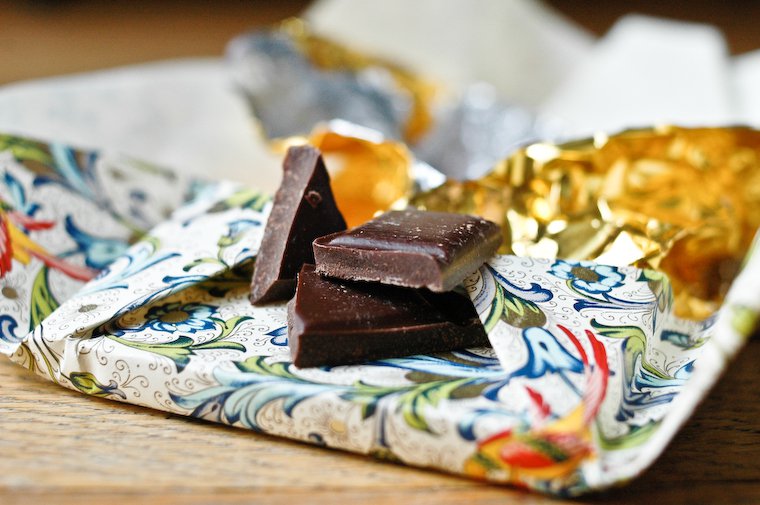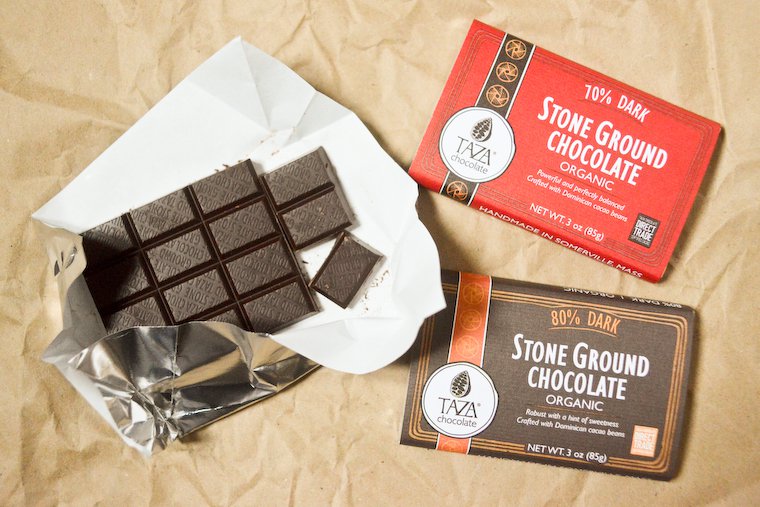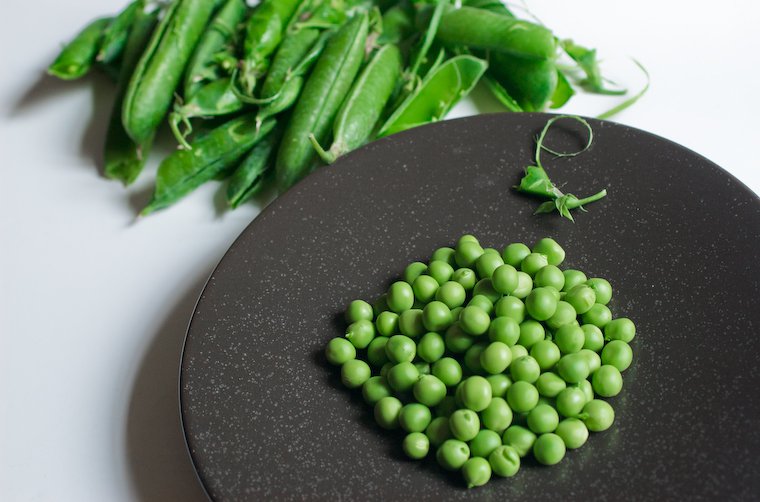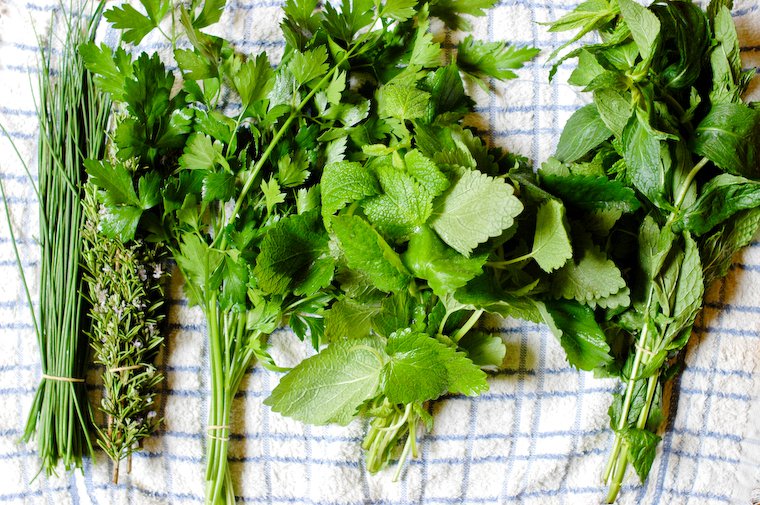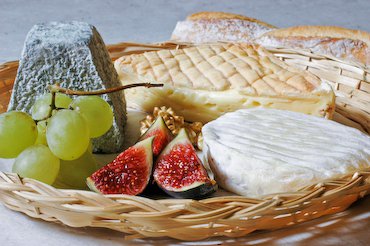Last week I had the good fortune of visiting Tain-l’Hermitage, a town in the southeastern quarter of France, near Valence. It is right in the middle of the Hermitage and Crozes-Hermitage wine country, in a gorgeous area that’s full of peach, cherry and apricot orchards. But me, I was there for the chocolate: Tain is also home to the Valrhona chocolate factory, and I’d been invited to take a tour.
We spent the day in paper hats, paper coats, and paper shoes (v. becoming), going in and out of large halls housing huge machinery, fat bags of cacao beans and ripples of chocolate, breathing in the intoxicating scents cacao emits as it is submitted to the many torments (cleaned, roasted, husked, crushed, ground, conched, molded, cooled, wrapped) that will turn it from bitter bean to the voluptuous antidepressant we know and love.
And the only thing I love more than chocolate is understanding how stuff works, so this was very much my idea of a happy Tuesday — despite the fact I’d had to get up at 4:45am to take the train, but I am nothing if not committed.
Most of the flavor components of chocolate are “trapped” in the cacao butter, and it’s only when the chocolate melts that they are released. Conveniently, the magic happens right around mouth temperature.
At the end of this full and instructive day, we were treated to a session with Vanessa Lemoine, the in-house expert in sensory analysis, a discipline in which the five human senses are used to describe and analyze products.
Among her responsibilities at Valrhona, she is in charge of training the chocolate tasters who assess the ten-kilo samples that are sent ahead of any cacao shipment. The beans from each origin are expected to conform to a particular flavor profile, according to the particularities of the cacao variety, the region’s terroir, and the production method that Valrhona and the growers have agreed upon. Any crop that differs significantly from that profile won’t be accepted for purchase. This is to ensure that the quality and personality of the single-origin chocolates as well as the blends remain steady, so that the chocolatiers and pastry chefs who have built their own recipes on a particular chocolate can in turn offer consistency to their customers.
The thing is, you can’t judge a crop by its bean: at this stage, the aromatic components are dormant, and its full potential will only be revealed after the beans are processed and turned into actual chocolate. So the sample beans go through a mini production line, and emerges as chocolate the tasters will grade along thirty different descriptors. A tough job, I’m sure — and I’m not being ironic.
It takes many training sessions to reach the finesse of palate that’s required of these tasters, but Vanessa Lemoine gave us a short primer on how to taste chocolate, and I thought it so interesting I wanted to share it here. The process is in some ways similar to wine tasting, so if you’re a honed wine taster, you’re that far ahead.


